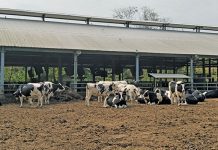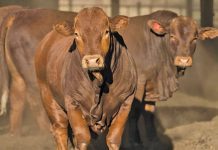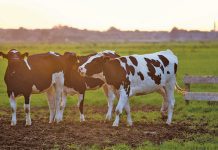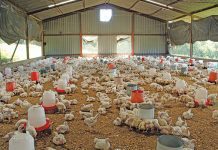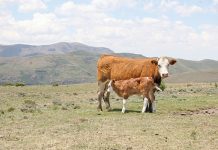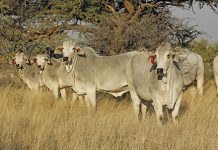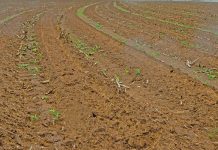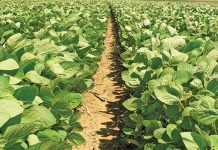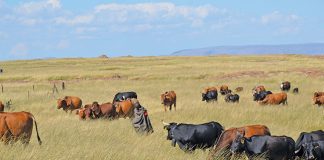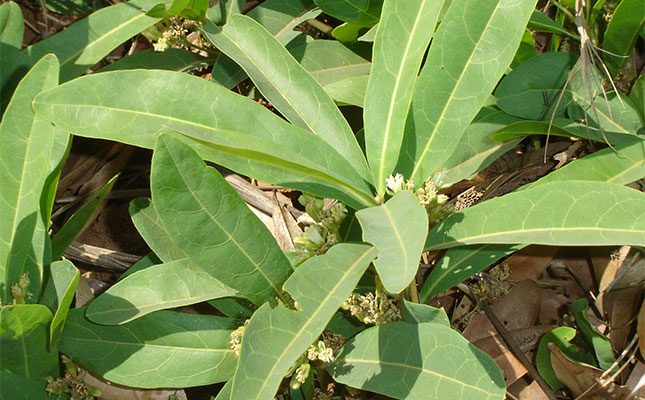
As climate change and associated detrimental weather patterns, such as droughts, become more commonplace in South Africa, farmers need to become increasingly vigilant in respect of plant poisoning in livestock.
Essentially, poisonous plant species are usually very drought resistant and as they remain green and succulent, livestock, particularly those animals seeking greenery, may be inclined to graze or browse on these toxic plants.
Some animals may identify poisonous plants as being toxic, but those coming from other areas or biomes may not understand the dangers.
Many vastly different livestock diseases manifest in similar ways and it thus becomes tricky to ascertain what the problem may be when you have ailing or sick livestock. It is therefore important that, as farmers, we get to know the symptoms of various diseases and conditions.
If there isn’t a prevalent disease that shows symptoms that our livestock are suffering from, then we need to start looking at other potential hazards and, very often, these come in the form of poisonous plants. This is particularly a potential problem if you are farming livestock in a region where poisonous plants are commonplace.
The symptoms of plant poisoning in livestock in South Africa can vary depending on the specific plant and type of toxin involved. However, some common symptoms to be aware of are:
Gastrointestinal
- Vomiting or diarrhoea that may be bloody or watery;
- Abdominal pain, with animals walking hunched over or with discomfort; and
- Lack of appetite, with animals becoming thinner and refusing food.
Neurological
- Tremors that may become worse;
- Seizures that may increase in number;
- Weakness progressing to lameness;
- Stumbling that may become more pronounced; and
- Confusion that may become worse and worse.
Respiratory
- Difficulty breathing, which may become pronounced;
- Rapid breathing that may become erratic and laboured;
- Coughing that becomes incessant; and
- Foaming at the mouth, which may show increased levels of toxicity.
Cardiac
- Abnormal heart rhythms;
- Heart failure, which usually leads to death; and
- Sudden death, possibly due to heart failure.
Liver and kidneys
- Jaundice (yellowing of the skin and mucous membranes);
- Dark urine that is often a red or almost black colour; and
- Increased thirst and urination, which is quite a common issue.
Skin and mucous membrane
- Redness and swelling that often appears on the face;
- Blisters, with the skin on the face peels off; and
- Ulcers in the mouth or on the face.
Other
- Lethargy, with severe cases leading to very limited mobility;
- Depression, which can be pronounced in young or old animals;
- Weight loss, which is usually gradual as the toxins take effect; and
- Decreased milk production in dairy animals.
Toxic plants in south africa
Certain toxic plants in South Africa lead to specific symptoms, as follows:
- Gifblaar (Dichapetalum cymosum) leads to cardiac arrest and respiratory failure.
- Kooigoed (Senecio ilicifolius) causes liver damage and jaundice.
- Devil’s claw (Tephrosia toxicaria)leads to respiratory failure and cardiac arrest.
- Plakkie (Cotyledon ventricosa) causes cardiac arrest and respiratory failure.
If you suspect plant poisoning in your livestock, contact a veterinarian immediately for proper diagnosis and treatment, as certain toxins will not merely disappear without antidotes.
Ascertain what poisonous plants grow in your rangelands; often these plants will look like onion plants or may be very green in colour when other vegetation is struggling – try to keep livestock away from such areas as much as possible.
Good grazing management can go a long way towards eradicating or controlling the proliferation of poisonous plants. In many instances, the proliferation of these plants is a result of poor land and grazing management. Toxic plants often proliferate in sweet veld.
Shane Brody is involved in an outreach programme aimed at transferring skills to communal farmers.

